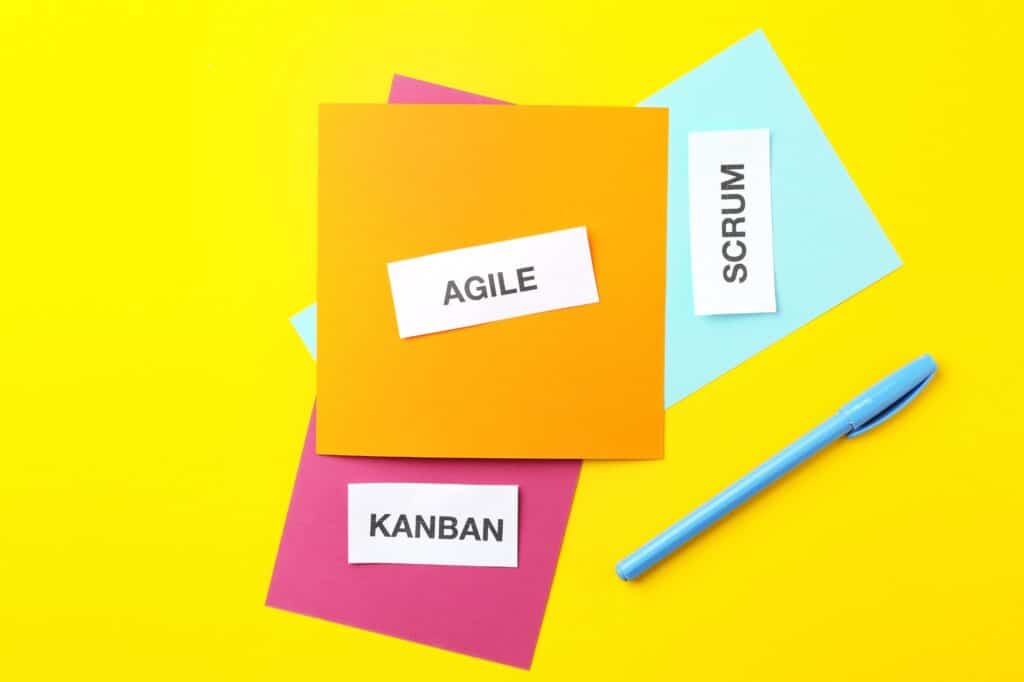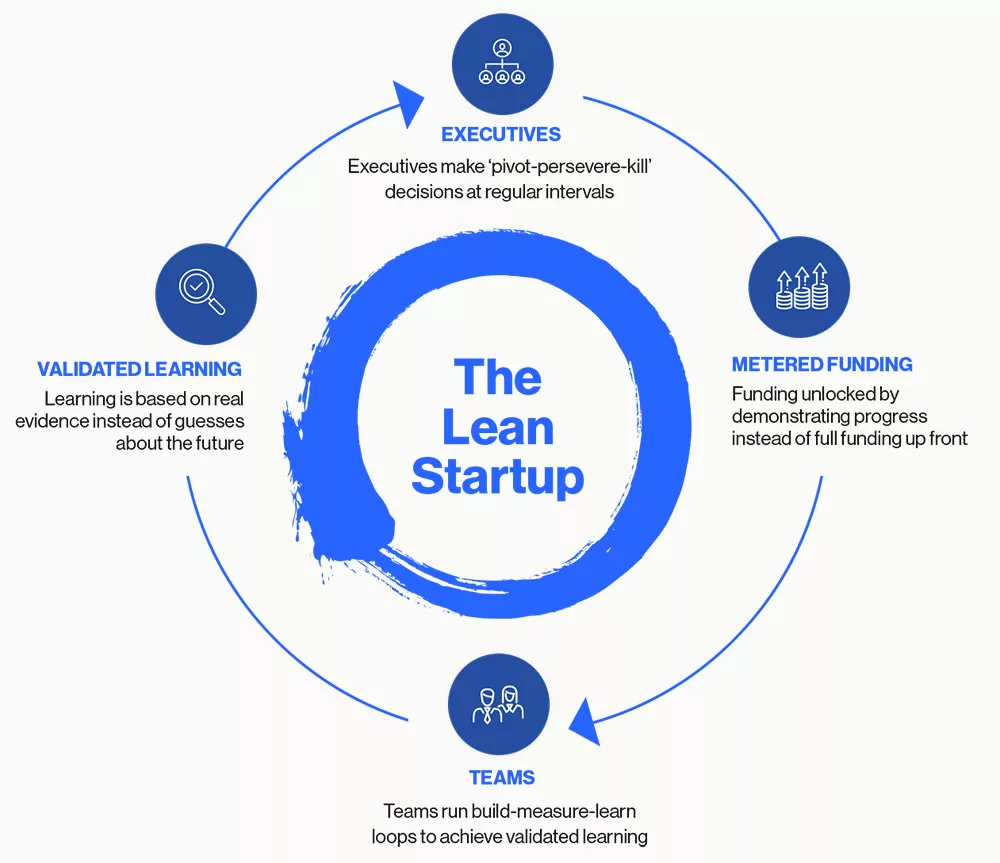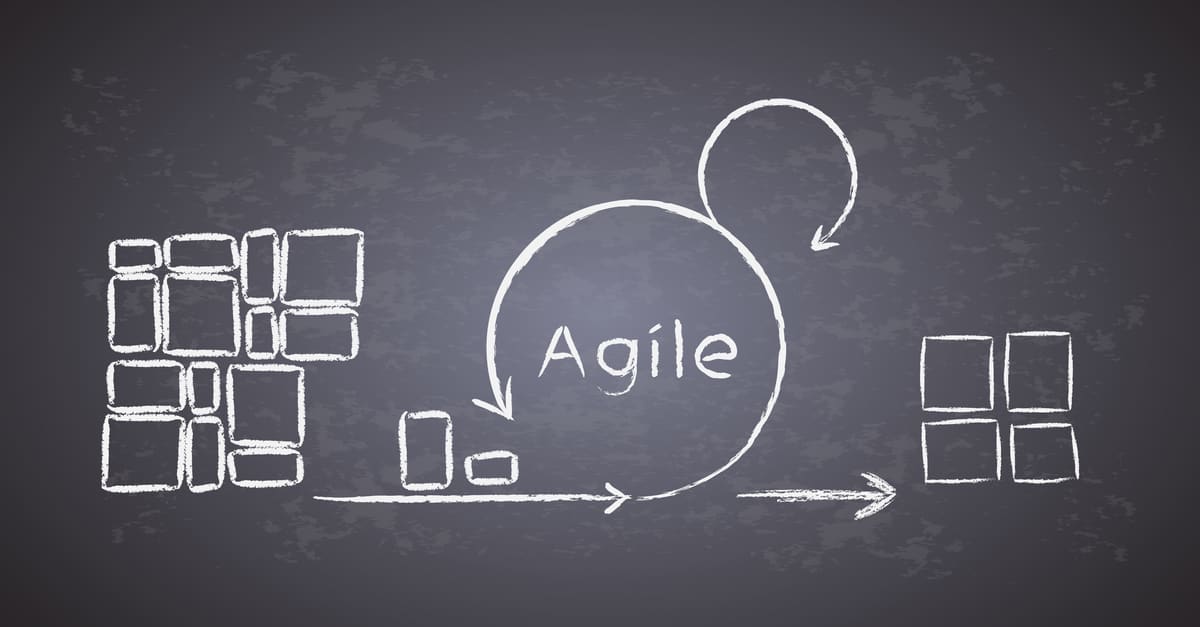In 2024, MVP development continues to be shaped by integrating advanced technologies such as AI, the demand for personalized experiences, the strategic advantages of remote development, heightened cybersecurity concerns, and the adoption of low-code tools. These factors underscore the importance of rapid MVP development, which allows businesses to stay agile, reduce risks, and maintain their competitiveness.
An MVP can encompass various software applications, from mobile and web platforms to enterprise solutions and innovative consumer products. By developing an MVP, companies can quickly bring a viable version of their product to market, gather user feedback, and iterate based on real-world data. This approach minimizes the risk of investing heavily in unproven ideas and accelerates the time-to-market, providing a competitive edge. Furthermore, MVPs allow businesses to test and refine the user interface and the backend architecture, ensuring the final product is robust, user-friendly, and scalable.
By leveraging rapid MVP development, companies can efficiently validate their concepts, respond to market needs, and deliver high-quality solutions that drive business growth and innovation.
Key Trends Driving MVP Development in 2024
Integration of Artificial Intelligence (AI)
AI has revolutionized MVP development by automating processes, offering deeper user insights, and facilitating the creation of user-centric prototypes. AI-driven MVPs can adapt and learn from user interactions, making them more responsive to market needs. This capability accelerates the iteration process, allowing businesses to refine their products quickly based on real-time user feedback.
Demand for Personalized User Experiences
In 2024, the demand for highly personalized user experiences has intensified. AI plays a pivotal role here by processing vast amounts of user data to deliver tailored interactions. This level of customization is crucial as users now expect products that cater specifically to their individual needs. By incorporating AI, MVPs can provide personalized experiences from the initial stages, enhancing user satisfaction and engagement (TechSavant).
Remote Development and Global Talent Pools
The trend towards remote development has gained momentum, offering significant advantages such as access to a diverse and skilled talent pool and cost savings. Remote teams enable faster MVP development by leveraging global expertise, which enhances the product’s speed and quality. This approach also helps businesses optimize their development costs while maintaining high standards of innovation and efficiency (TechSavant).
Increased Focus on Cybersecurity
Ensuring robust security measures within MVPs builds trust and protects user data against sophisticated cyber threats. In 2024, users are more cautious about their personal information, and companies must prioritize cybersecurity to succeed in the competitive landscape (TechSavant, IBM).
Adoption of Low-Code Tools
Low-code development tools have emerged as game-changers for rapid MVP creation. These tools allow entrepreneurs and businesses to develop MVPs quickly without extensive coding knowledge, reducing the time to market. The intuitive nature of low-code platforms facilitates the swift construction of prototypes, enabling faster idea validation and more efficient iterations based on user feedback.
The Importance of Speed in MVP Development
The pace of change in the digital landscape requires businesses to be agile and responsive. Rapid MVP development allows companies to:
- Test Market Viability Quickly: By swiftly bringing a simplified version of the product to market, businesses can gather honest user feedback, validate their assumptions, and make informed decisions.
- Reduce Time to Market: Accelerating development helps companies launch their products faster, capturing market opportunities before competitors.
- Minimize Development Costs: Rapid MVP development focuses on essential features, reducing initial development costs and allowing for iterative improvements based on user feedback.
- Enhance Flexibility and Adaptability: A quicker development cycle enables businesses to pivot and adapt their products based on real-time feedback and changing market conditions.
Strategies for Rapid MVP Development
Agile Methodologies

Agile frameworks like Scrum or Kanban promote iterative development and continuous feedback. These methodologies enable teams to focus on delivering functional components in short sprints, ensuring steady progress and early delivery of a usable product.
Lean Startup Principles

Embracing lean startup principles, including the Build-Measure-Learn feedback loop, helps minimize waste and maximize learning. This approach encourages developing a basic product version, measuring its performance, and iterating based on insights gained.
Cross-Functional Teams
Assembling cross-functional teams with diverse expertise can significantly speed up the development process. Collaborative efforts from developers, designers, product managers, and marketers ensure that all aspects of the product are addressed simultaneously, reducing delays and enhancing cohesion.
Prototyping and Wireframing

Utilizing prototyping and wireframing tools allows for the rapid creation of visual and functional representations of the product. These tools enable stakeholders to visualize the MVP, provide feedback, and make necessary adjustments before development begins.
Automation and DevOps Practices
Integrating automation and DevOps practices streamlines the development pipeline, from coding and testing to deployment. Continuous integration and continuous delivery (CI/CD) ensure that code changes are automatically tested and deployed, accelerating the development process.
User-Centric Design
Focusing on user-centric design ensures that the MVP addresses the core needs of the target audience. Conducting user research, creating user personas, and performing usability testing help develop a product that resonates with users, reducing the need for extensive revisions post-launch.
Third-Party Integrations
Leveraging third-party services and APIs can expedite the development process by incorporating existing solutions for non-core functionalities, which allows development teams to focus on the unique value propositions of their MVP rather than reinventing the wheel.
How does this work? Let’s say you’re building a new app that helps users track their fitness goals. Instead of spending months creating a custom system for user authentication (logging in and signing up), you can use an existing service like Google or Facebook login. This way, your development team can focus on the unique features of your app, like tracking workouts and setting fitness goals, rather than building a login system from scratch.
Takeaways
Launching an MVP reduces the financial and operational risks of full-scale product development. Instead of committing significant resources upfront, companies can uncover potential issues early and adjust their product development accordingly.
Rapid MVP development enables businesses to enter the market quickly, attract early adopters, and establish a foothold before competitors.
Have Unosquare Build You a Scalable MVP
At Unosquare, we specialize in building MVPs that meet your immediate needs and lay a strong foundation for future growth and scalability.
With our experienced teams, we leverage the latest technologies and methodologies to ensure that your MVP is developed swiftly and precisely. Our approach incorporates AI-driven insights, agile development practices, and a deep understanding of user-centric design to deliver products that resonate with your target audience and stand out in the market.
Take your innovative ideas seriously. Your MVP could start a digital transformation for your company and industry. Reach out to Unosquare today, and let us help you turn your concept into a reality with a robust and scalable MVP. Contact us now to discuss your project and discover how we can accelerate your software design and development success.



